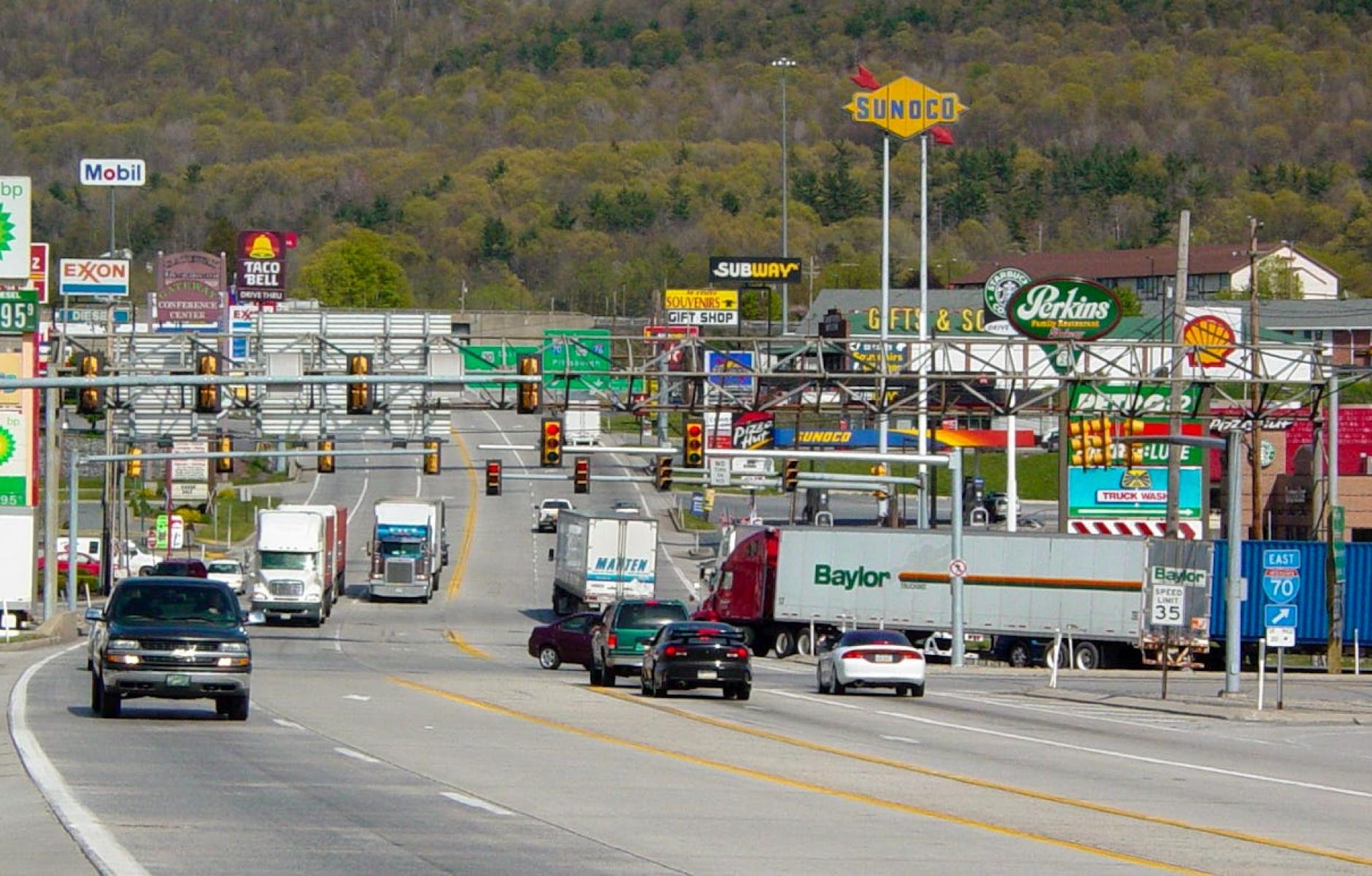
Children, left behind by suburbia, need better community design
“Why don’t children leave the house?”
Childhood in America is losing its charm. The lack of effective transit, coupled with the lack of kid-friendly destinations and the feeling of more dangerous neighborhoods, means that today’s youth find it harder than ever to go outside, meet up with friends, and form more meaningful relationships.
A fundamental truth about American society is our heavy reliance on cars. The average American will spend over six months of their life behind a traffic light. American suburbs are dominated by wide streets, catering to cars and not people. Beyond the walkability concerns associated with car-centric urban planning, there's the fact that obtaining a driver’s license is only possible at the age of 16. Moreover, recent trends show a delay in teenagers’ pursuit of driver’s licenses. In 1983, 46.2 percent of 16-year-olds were licensed, compared to 25.1 percent in 2020. This shift can be partly due to the financial burdens of car ownership, insurance, and maintenance. Thus, for many young individuals, their desire to drive is overridden by these barriers.
Lack of mobility coupled with large distances means that kids are far from the places where they want to hang out. As described by Ray Oldenburg, “third places” are locations where locals can meet, interact, and relax in a place that isn’t their home or place of work. In these locations, kids get the chance to socialize and develop intellectually. American suburbs don’t have these places. I am currently a rising senior in high school in the US, here after spending my freshman and sophomore years in England. My friends and I lived within 10 minutes of each other and all the parks. It was easy to meet up, easy to be around people. We could meet at the local park and drink slushies by the neighborhood corner shop. It was a place where we could expect to see people we knew and have a chat. Our lack of a driver’s license didn’t hold us back.
In England, housing is often characterized by closely situated semi-detached or terraced structures built under flexible zoning regulations. This environment allows small businesses to coexist harmoniously with residential areas, in contrast to the rigid industrial zoning common in the United States. Notably, green spaces and corner stores are thoughtfully incorporated into English neighborhoods, encouraging residents to step out of their homes. This foot traffic contributes to enhanced safety, aligning with Jane Jacobs' observation that more eyes on the streets cultivate secure environments. Parents are sometimes scared to let their kids go out in non-walkable environments, especially in America.

It’s said that people will walk up to five minutes, before they would rather drive. With this in mind, points of interest like small green spaces or bodega-type shops are essential to weave into suburbs. Having a small grocery shop or cafe close to home improves quality of life and encourages people of all ages to get out more.
Many American suburbs currently employ what’s called “Euclidean zoning” where land is zoned for one use, whether it be for single-family housing or industrial zones. Suburbs must move towards mixed-use zoning where housing, small businesses, offices, and parks can co-exist. Mixed zoning often enables multi-story and more high-density housing. Mixed zoning has the potential promise of creating housing for all ranges of people, an inclusive community with amenities within walking distance.
Housing diversity near transit stops could help alleviate traffic. With more people within walking distance of public transport, ridership rises, increasing funding. This allows mass transport to run more often and new lines to be created, promoting transport system use that reduces congestion and commute times. Public transport is the only guaranteed way for a young person to be free and enjoy mobility. In England, my peers and I would ride from town to town, allowing us to meet up with people from other parts of the country at skateparks and public events. American youth don’t experience this level of freedom until they get their driver’s license and can afford a car, the maintenance, and insurance that comes with it.
Through mixed-use zoning, the creation of pedestrian-friendly infrastructure, and better public transport, we can improve the lives of young people. Envision a new norm for American children, where they can more easily create friendships and interact with the broader world. With our lives becoming increasingly entrenched in the virtual world, it’s more important than ever that we create neighborhoods that make connecting with people in the physical world easy.
Note: This article first appeared in the ENU Newsletter, a newsletter written by Emerging New Urbanist members about topics and debates within the movement. Subscribe to the newsletter.




